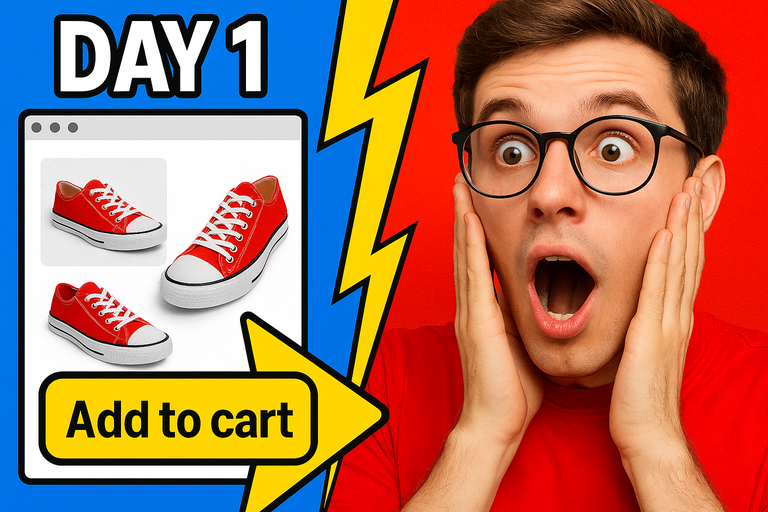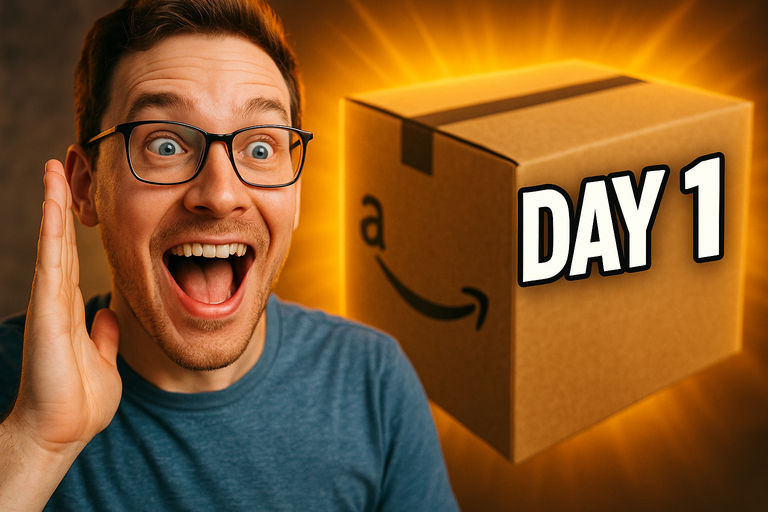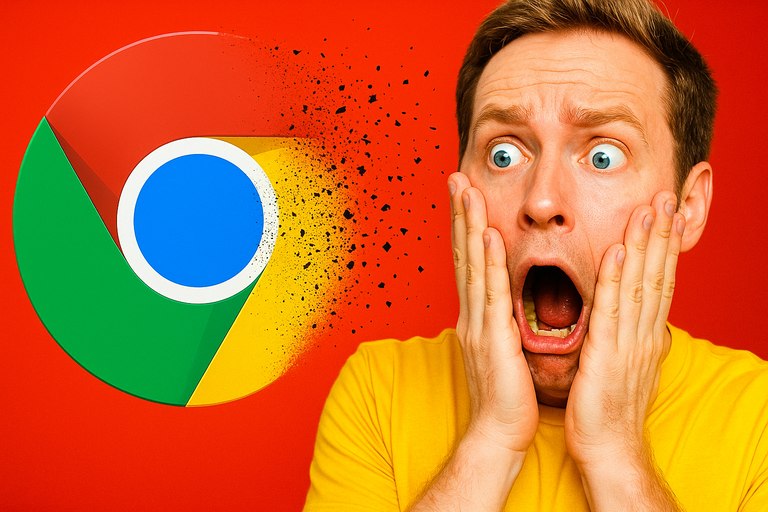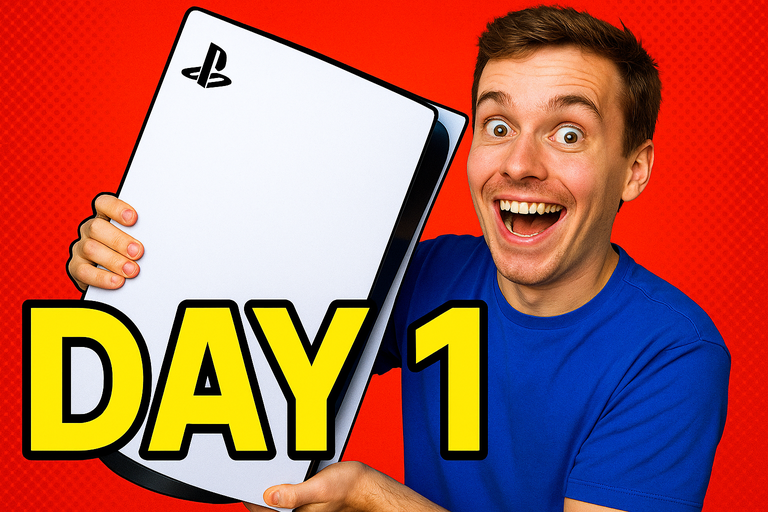
Ever wondered why you still end up with that one awkward online purchase—even after spending hours using every tool in your digital shopping arsenal?
Picture this: You’re hyped for a new pair of sunglasses on Amazon, you try every filter and even peek at a few reviews, but you’re left wondering... Will these actually suit me? While you’re busy clicking and scrolling, marketers are asking themselves a very similar question: Which channel really made you buy those shades?
That’s where the (often baffling) world of paid media reporting and attribution comes in. If you caught Search Engine Journal’s recent article, “Paid Media Reporting For Ecommerce: Navigating Attribution Across Paid”, you know ecommerce brands are obsessed with understanding which marketing effort truly sealed the deal—and for good reason. It’s never been more crucial to make smarter, data-backed decisions in a year when online shopping is more competitive (and personal) than ever.
The Attribution Challenge: Who Gets the Credit?
Let’s be real: if your digital cart was a group project, attribution is figuring out which teammate did the most work. Did that Instagram ad get you to click? Was it the TikTok influencer trying on your next jacket? Or did a sleek Chrome extension actually tip you over the edge?
Attribution models—like first-click, last-click, or those confusing multi-touch journeys—help brands decide which channel (or tool!) gets the credit for your purchase. As the SEJ article explains, robust attribution reporting isn’t just for marketers; it’s shaping your shopping experience, dictating which tools and content rise to the top.
Why Visual Tools Are Shaking Up the Game
Here’s what’s wild: visual shopping extensions have quietly become the unsung heroes (and sometimes silent saboteurs) of your buying process.
- Personalized Previews now let you see products on you before buying.
- Image-insertion tools put your photos into product images.
- Visual AI recommendations surface the items that actually fit your style.
But wait—there’s a catch. With every new Chrome extension or tool, the attribution waters get murkier. Did you buy that lamp because you saw it in your virtual living room, or because a Facebook ad reminded you later? Brands need next-level reporting to answer that, and you need transparency to trust your tools.
Enter the Innovators: XP9 and the New Era of Visual Shopping
Let’s connect the dots. Companies like XP9’s eXPeriential Preview 9 are pushing the boundaries of personalized shopping with extensions that let you insert your own images into Amazon product photos. Imagine seeing yourself with that backpack before you commit. It’s not just a shiny feature—XP9’s tech is a response to a deeper need for clarity in the crowded world of ecommerce.
Unlike their competitors (think AMZ Downloader or Amazon GlowUp), XP9’s user-friendly interface lets even tech newbies preview purchases effortlessly. The result? Brands get a better sense of what makes shoppers say “add to cart,” while you get a crystal-clear, personalized preview—finally bridging the gap between desire and decision.
The Metrics That Matter: How Attribution Drives Innovation
Here’s where things get really interesting (and a little nerdy, but stick with us!).
KPIs (Key Performance Indicators): Want to know if that new visual extension is worth your time? Brands track metrics like engagement rates, click-to-purchase conversions, and even time spent previewing products. The more granular the data, the smarter the decisions.
Incrementality Testing: This is the secret sauce. Brands test “what happens if we remove this tool?” The answer helps them know if a Chrome extension (like XP9’s) is truly influencing your decision—or just a flashy add-on.
MMM (Marketing Mix Modeling): The big leagues. This combines everything: which ads, which tools, and which experiences led to sales, helping brands decide where to invest and which shopping aids to keep evolving.
What This Means for Your Digital Cart
So, why should you care about all this marketing jargon? Because the tools you use aren’t just changing how you shop—they’re changing how brands chase your attention, your trust, and your wallet.
The best visual shopping extensions (like XP9’s) don’t just help you see more—they help you know more, giving you confidence before you click “buy.” As attribution models improve, expect more transparency, personalization, and honestly, fewer regrets in your next Amazon haul.
The Bottom Line
In 2025, smarter attribution in ecommerce doesn’t just help brands—it empowers you, the shopper, to demand better, clearer, and more delightful online experiences. Tools like XP9’s personalized preview extension are at the forefront of this transformation, giving you a front-row seat to the future of digital shopping.
So next time you’re tempted by that must-have gadget, ask yourself: Which tool’s really helping me decide—and do I trust it? Let us know your favorite visual shopping hacks in the comments below. Happy carting!



